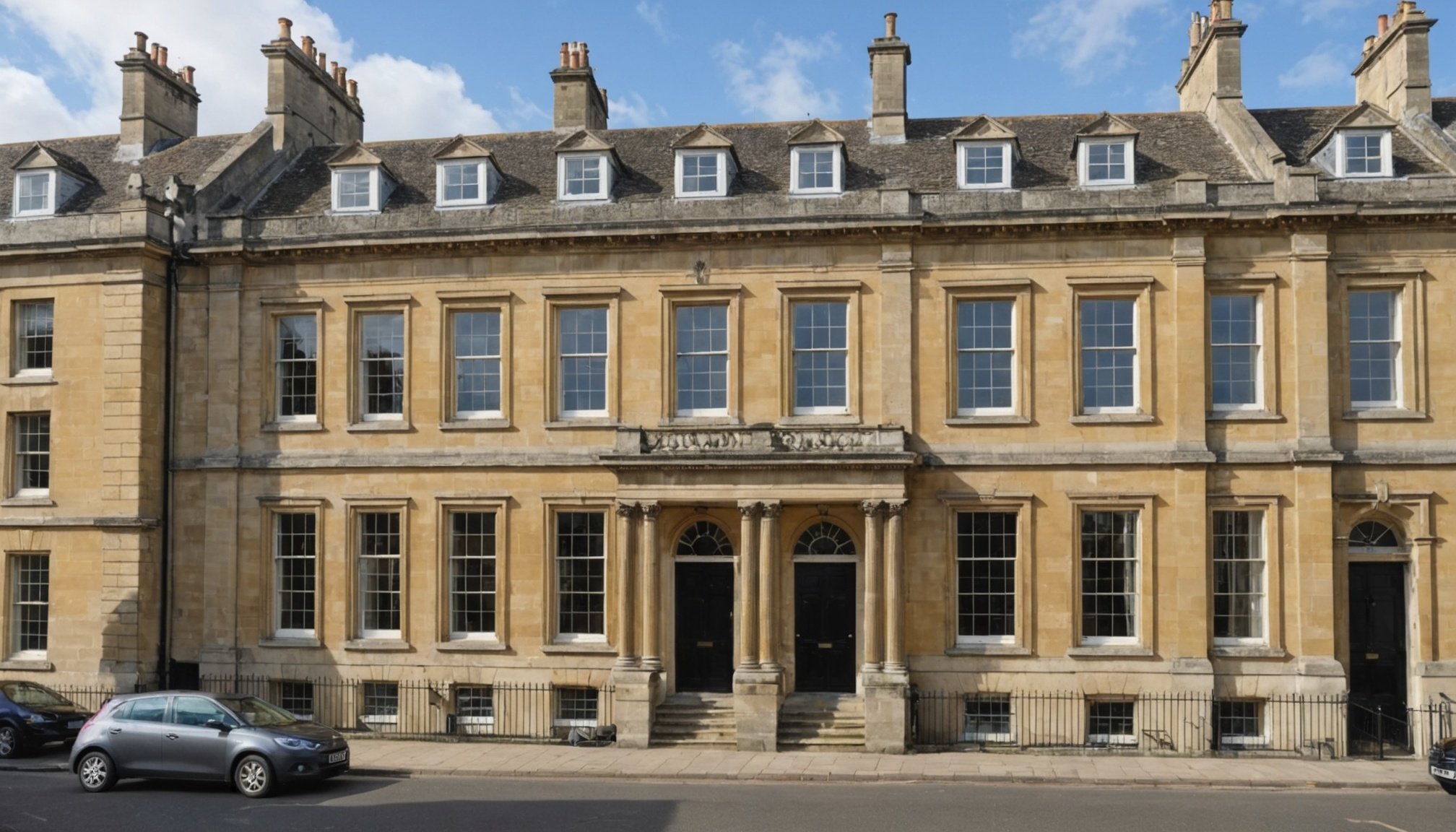Restoring a Grade II listed building is no small feat; it’s a project that requires careful planning, attention to detail and a deep respect for heritage. The city of Bath, England, is well-known for its historic properties, many of which carry this prestigious grade. These buildings are not just structures; they represent a slice of history and a testament to architectural ingenuity. Restoration is crucial for preserving these historic gems, but it comes with its unique set of challenges.
Identifying and Understanding the Historical Significance
Before you begin any restoration work on a Grade II listed building in Bath, it is crucial to fully understand its historical significance. Grade II buildings are particularly important due to their special architectural or historic interest. As such, any restoration project must take into account these aspects and strive to preserve them.
A lire en complément : Boost Your UK Home”s Energy Efficiency with a Green Roof: Is It the Eco-Friendly Solution You Need?
The first step towards understanding the property’s heritage is thorough research. Delve into the building’s past, its architects, the era it was built in, and what makes it unique. This will provide a solid foundation for your restoration project and ensure that the historical integrity of the building is maintained.
Engage with heritage professionals or organisations to get an expert opinion on the building’s historical context. They can provide invaluable advice and guidance that will help you navigate the restoration process.
A découvrir également : How do school catchment areas impact property prices in Birmingham?
Securing Planning Consent
One of the biggest challenges when restoring a Grade II listed building is securing planning consent. In England, any changes to a listed building that might affect its character require Listed Building Consent from the local planning authority.
The planning process can be quite daunting. It involves submitting detailed applications that include drawings and specifications of the proposed work. It’s crucial that these demonstrate how the work will preserve or enhance the building’s character.
Consult with a planning consultant or hire services that specialise in listed buildings. They can assist you in preparing your application and ensure that it meets all the necessary requirements. This helps in reducing the chances of delays or rejections which can stall your restoration project.
Sourcing Suitable Materials
A key part of restoring a Grade II listed building is ensuring that the materials used are appropriate. The chosen materials should match the original ones as closely as possible. This is important in maintaining the visual consistency of the building and preserving its historical accuracy.
Finding suitable materials can be a challenge as many of these buildings were constructed using traditional methods and materials, some of which may no longer be widely available. However, there are specialist suppliers who can provide these. If the original materials are no longer available, alternatives that resemble them in appearance and behaviour can be used.
Managing the Restoration Work
Once you have planning consent and the right materials, the real work begins. Managing a restoration project can be complex. It requires a careful balance between preserving the building’s historic features and ensuring that it meets modern living standards.
Hiring professionals with experience in restoring listed buildings is key. They will understand the nuances and complexities involved. They need to have a deep respect for the property’s history while also having the skills to carry out the work to the highest standards.
Remember that work must be carried out carefully and meticulously to avoid any damage. Any changes, even seemingly minor ones, can have a significant impact on the building’s character. Therefore, it is essential to monitor the work closely.
Preserving the Interior
Preserving the interior of a Grade II listed building can be a challenging aspect of the restoration. Many of these buildings have unique features such as ornate plasterwork, decorative tiles, and historic paint schemes that require careful treatment.
When restoring the interior, it’s important to consider the building as a whole. Changes to one part of the building can affect the rest. It’s therefore crucial to maintain a holistic approach to restoration.
Specialist restoration services can be invaluable in this regard. They have the expertise to restore delicate interior features without causing damage. Careful planning is crucial to ensure that the interior restoration is carried out sensitively and does not detract from the historical character of the building.
In conclusion, restoring a Grade II listed building in Bath is a complex undertaking, but it’s also an immensely rewarding one. It’s an opportunity to breathe new life into a piece of history while preserving it for future generations to appreciate.
Dealing with Structural Challenges
Restoring a Grade II listed building can often reveal unforeseen structural challenges. Many of these buildings in Bath have been standing for centuries and it is not uncommon for them to have structural issues that need addressing. Whether it’s replacing rotten timbers, or dealing with subsidence, these issues can be complex to rectify but are crucial for the building’s longevity.
It is important to remember that these buildings were constructed with methods and materials that may be different from those used today. Therefore, you need to hire builders who are experienced in dealing with historic buildings, and specifically understand the distinctive properties of Bath stone, a material commonly used in the city’s historic structures.
Inaccurate repairs or modifications can lead to further damage down the line, hence it’s highly recommended to get professional advice from the outset to avoid costly mistakes. It’s also worth noting that introducing modern elements like double glazing into a listed building can be complicated, and usually requires approval from Historic England or the local authority, as these changes can impact the building’s character.
Adapting to Modern Living Standards
While maintaining the historical authenticity of a Grade II listed building, it’s crucial to strike a balance with the needs of modern living. Listed buildings, though charming, can sometimes lack the conveniences of the 21st century, and bringing them up to modern standards without compromising their character can be a challenge.
For example, listed properties often have restrictive energy efficiency standards. Installing insulation, efficient heating systems or solar panels without altering the building’s character can be a challenge. Nevertheless, it’s crucial to ensure that the building is comfortable and practical for its occupants.
Furthermore, updating the layout of the building can also be difficult. Many historic buildings have layouts that are not conducive to modern living. However, significant changes to the internal layout, especially those that alter the character of the building, require building consent from the local authority.
Concluding Thoughts
Restoring a Grade II listed building in Bath is indeed a significant undertaking. It involves navigating a complex maze of planning rules and regulations, dealing with structural challenges, sourcing appropriate materials, and adapting the building to meet modern living standards – all while preserving the building’s historic character.
This process, however demanding, is a testament to our commitment to preserving our architectural heritage. It allows us to experience a piece of history firsthand, and to pass these treasured buildings on to future generations. Therefore, despite the challenges involved, the restoration of these buildings is an investment in our collective past, and a legacy for the future.
So, if you own a Grade II listed property in Bath and are considering a restoration project, do not hesitate to seek advice from professionals or organisations like English Heritage. They can provide valuable insight and guidance to help you navigate the process and will highly recommend the best course of action to ensure your project is a success. After all, the goal is to breathe new life into these buildings, securing their future while respecting their past. Whether you’re looking to start a project or need a free quote, remember, preserving these historic buildings special to Bath is truly a labour of love.











